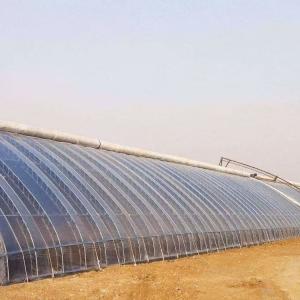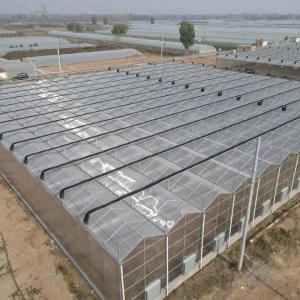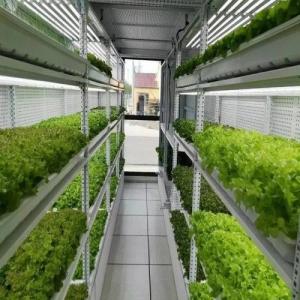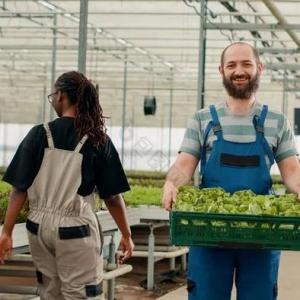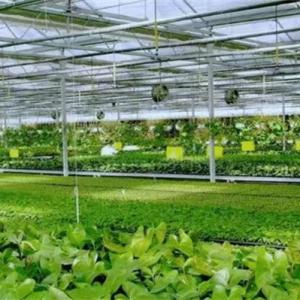Polycarbonate Greenhouses: Enhancing Crop Yield and Quality Through Advanced Material Technology
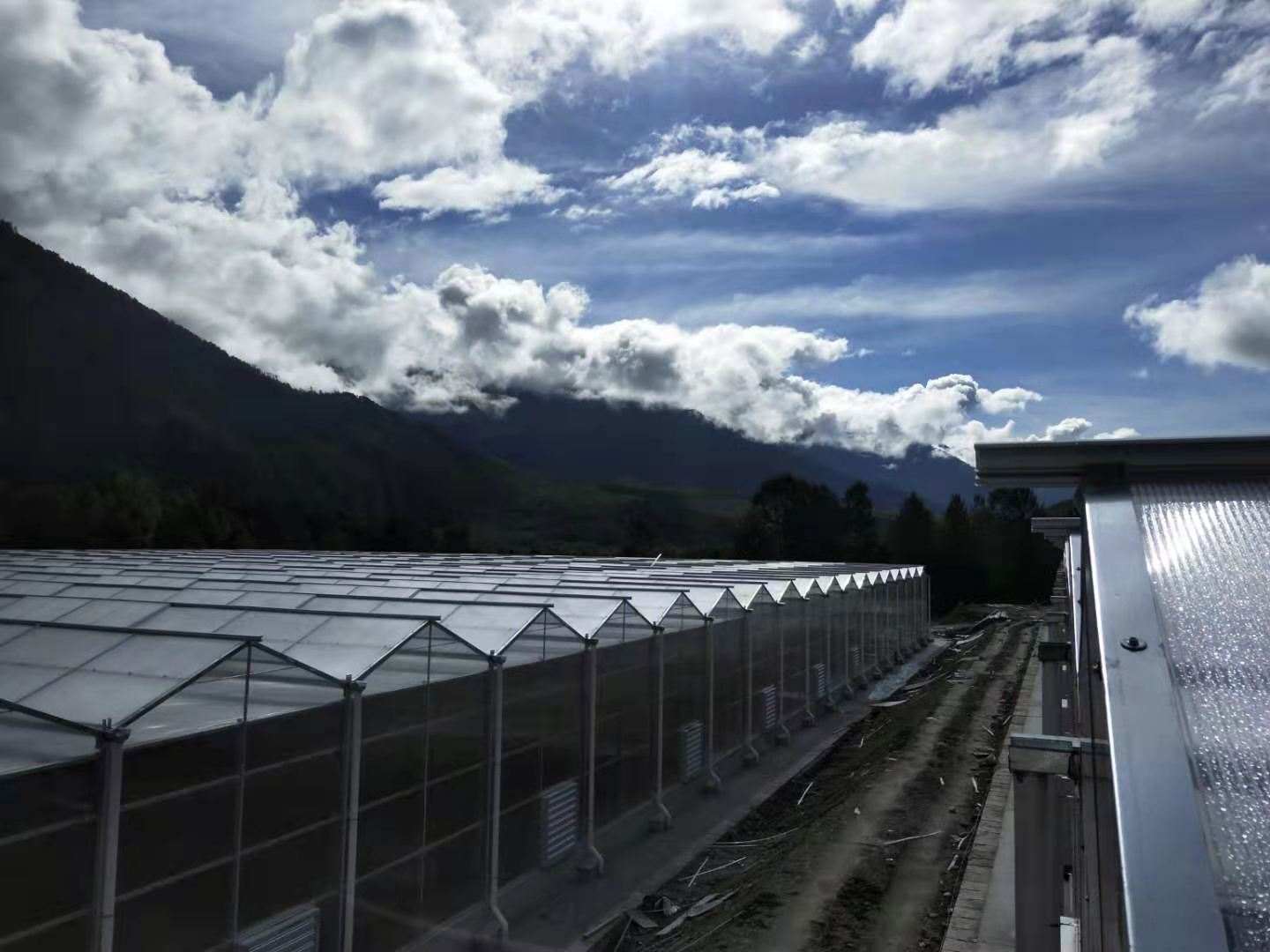
Recently, polycarbonate ethylene (PEC) has become the focus of attention in the field of greenhouse construction as a new type of environmentally friendly material. A domestic agricultural technology enterprise announced the successful development of an intelligent greenhouse system based on PEC film. This system performs exceptionally well in terms of light transmittance, insulation performance, and durability, and also has significant environmental advantages.
It is introduced that this PEC film material has multiple advantages over traditional glass or ordinary plastic films: the light transmittance can reach over 90%, and it can effectively filter ultraviolet rays, reducing damage to crops; the insulation performance is 30% higher than traditional materials, which can reduce heating energy consumption in winter; the impact resistance is 200 times that of glass, and the service life can reach over 10 years, significantly reducing maintenance costs. In addition, PEC materials can be recycled and reused, and their environmental impact is relatively small, conforming to the green development trend of modern agriculture.This intelligent greenhouse system also integrates Internet of Things technology. Through sensors, it can monitor environmental parameters such as temperature, humidity, and light in the greenhouse in real time, and automatically adjust ventilation, irrigation, and shading equipment to achieve precise planting management. Pilot application data shows that greenhouses using PEC film can shorten the growth cycle of crops by 15% and increase yields by about 20%, while achieving significant water and energy savings.
Industry experts say that the large-scale application of PEC materials in the greenhouse field will promote agricultural facilities to develop towards efficiency, energy conservation, and environmental protection, and is particularly suitable for promoting the cultivation of high-value economic crops and the construction of modern agricultural parks. Currently, related enterprises have begun to expand production lines, and it is expected that the market penetration rate of this material will further increase within the next two years.

